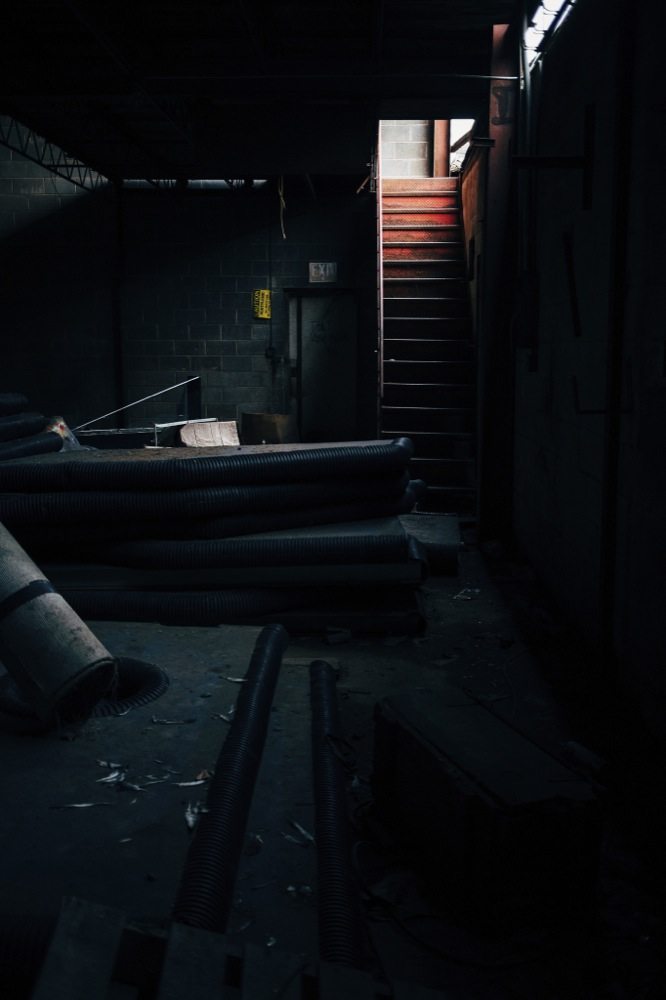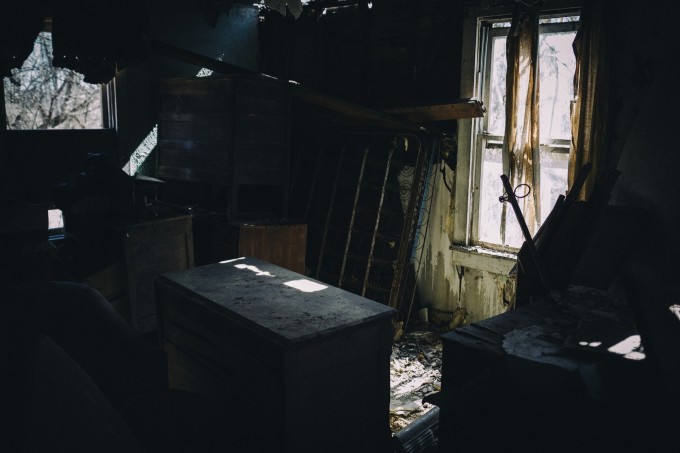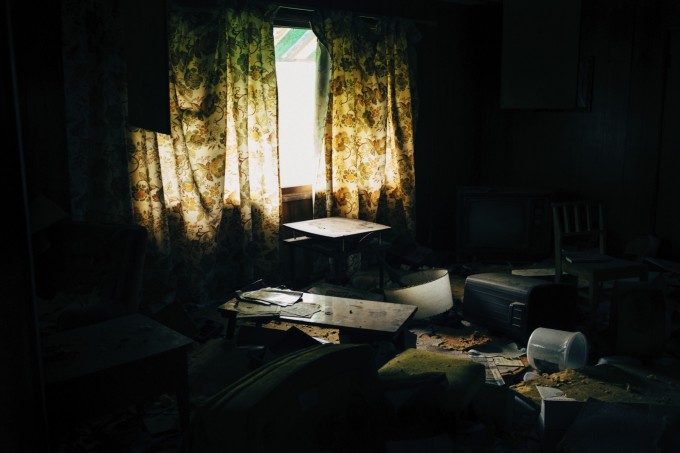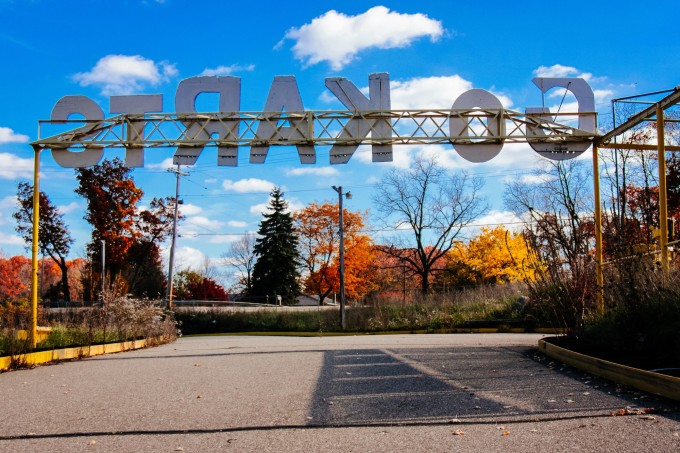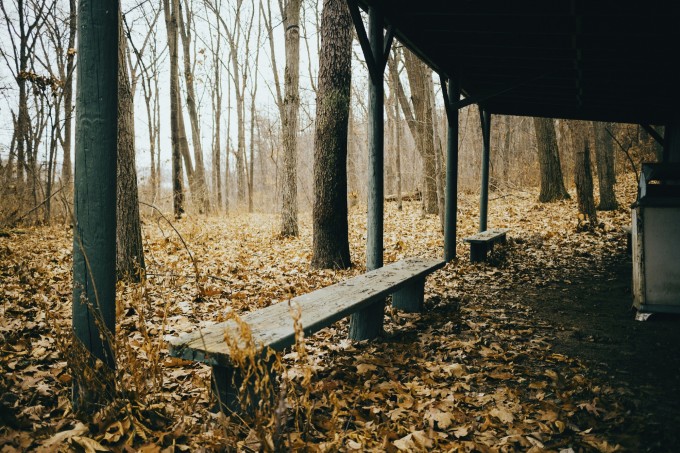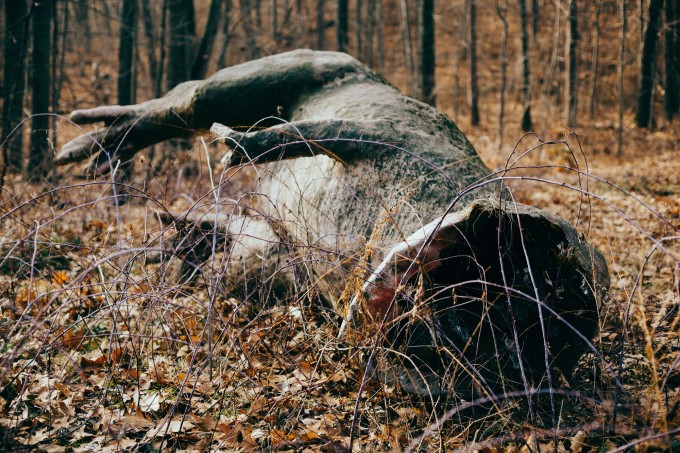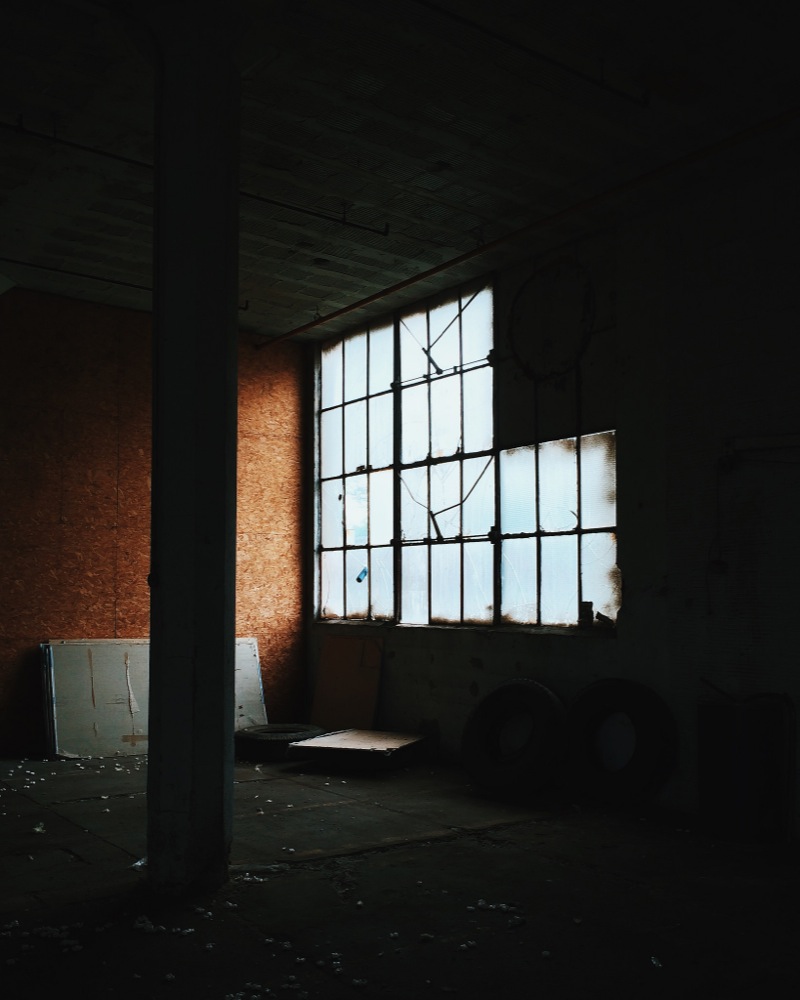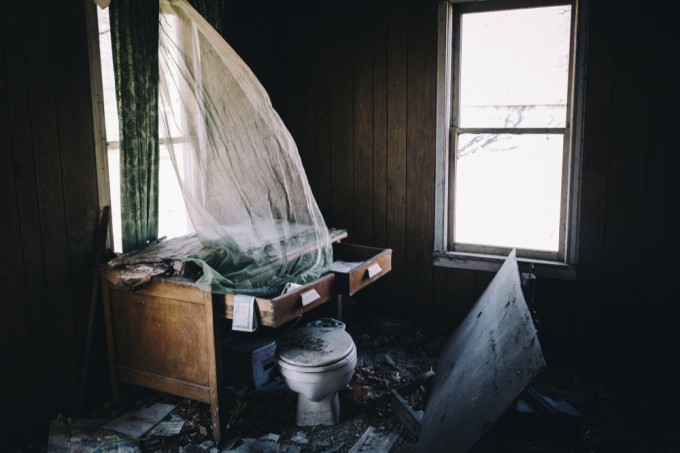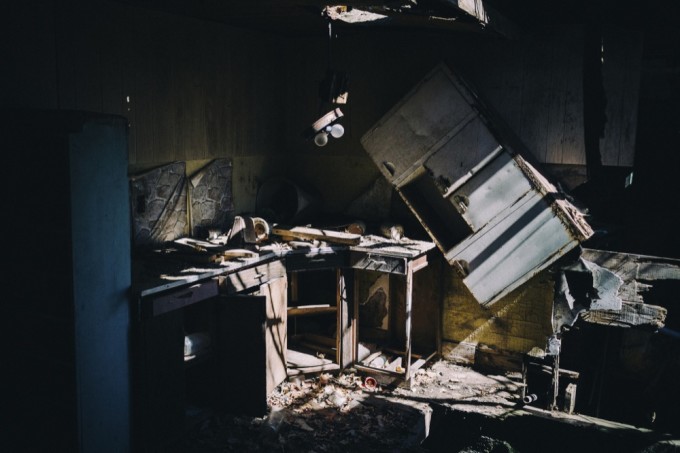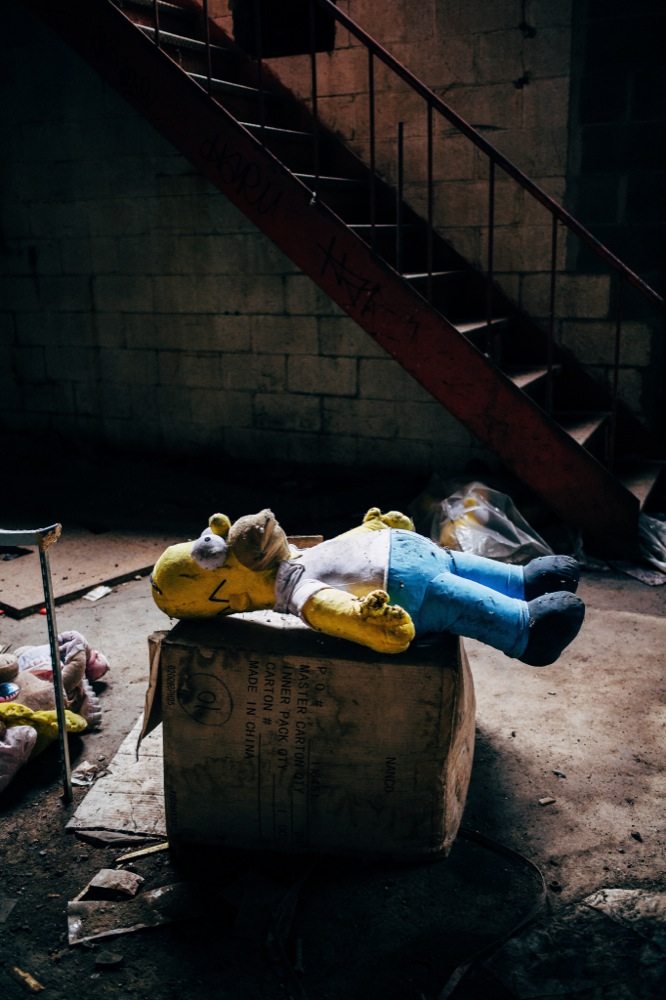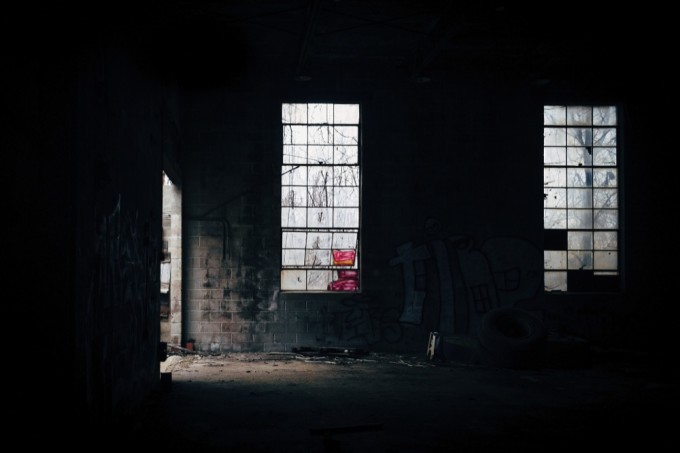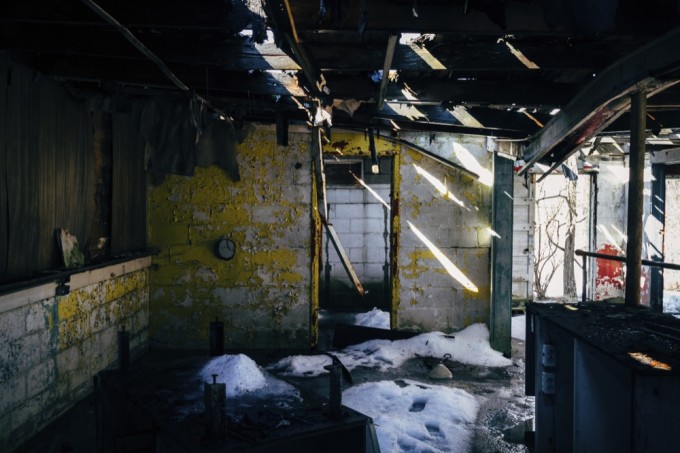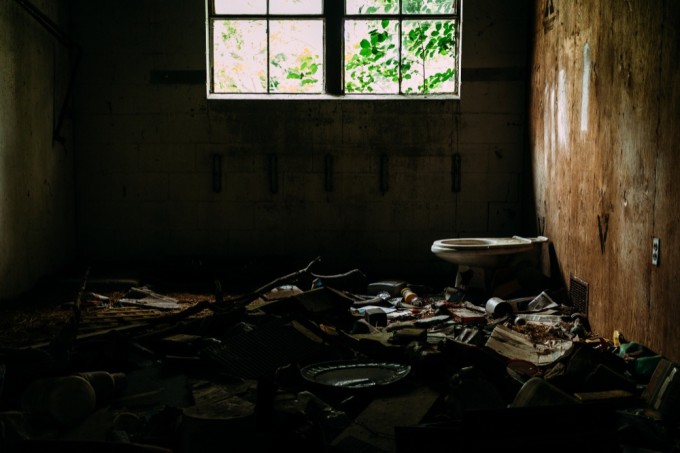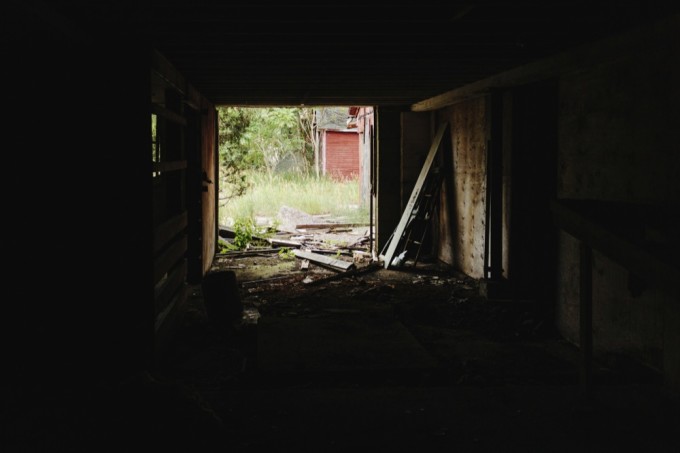Last Updated on 02/16/2016 by Chris Gampat
All images by Dave Lawrence. Used with permission.
“To me, photography is an excuse for adventure. I explore abandoned buildings, both in urban and rural settings, throughout Michigan.” says photographer Dave Lawrence in his pitch email. “I like finding good light and interesting stories in these abandoned buildings and homes.”
Dave doesn’t do the more conventional HDR type of urbex photography, instead is work embraces a more film-like, retro-grade approach that reminds you of a cinematic experience. Dave thinks that shadows are what makes urbex photography so interesting. “Shadows equal mystery, and a bit of menace, and more truthfully represent these derelict places. I like exploring spots where the light meets the shadow and creates a dramatic scene.” he states.
And so his journey into urbexing came with documenting an area not too far away from where he lives.
Phoblographer: Talk to us about how you got into photography.
Dave: I started with family and vacation snapshots, like a lot of people, but wanted to pursue it as a hobby after a couple of cross-country road trips. I bought a Canon T1i as my first DSLR and have not looked back. It took a long time to develop my eye, but after taking note of the work I liked, and studying master photographers, I’ve started to take it more seriously. Photography is still a hobby for me, but I’ve started to document my community through portrait projects and photo trips.
Phoblographer: What made you want to get into urban exploring?
Dave: Jackson, Michigan, sits along the I-94 corridor, close to Detroit and other manufacturing towns in Michigan, and it’s a true Rust Belt city. Lots of manufacturing business have left, and that leaves an economic wake. The community is also very rural, so what you have is these abandoned homes and factories dotting the landscape. I saw what other photographers were doing in Detroit, Gary, and Chicago, and wanted to document my own area’s urban and rural decay.
My area, the Irish Hills, also sits along US 12, which used to be the major highway between Detroit and Chicago. All these little tourist traps and amusement parks popped up in the Irish Hills, but now they’re starting to shut down and decay. So that’s been a project of mine – documenting the decline of that area.
Phoblographer: When you go about doing this type of stuff, how do you choose where you go exploring? How much research is done beforehand? What about route planning to avoid being caught?
Dave: A lot of the locations I find on my drives around the area. Sometimes I specifically go out urbex hunting, but most spots I come across I try to make note of to check out later. My usual process is to mark the spot on a Google Map, and then drive by a few times to make sure it’s really abandoned. From there, I’ll find a good spot to park, away from view, and start exploring. The thought of getting caught is always there, and I’ve been lucky so far, but I don’t do a whole lot of worrying beforehand.
Phoblographer: Tell the story about the first time you started doing this and really got hooked.
Dave: There’s a run-down part on the east side of Jackson that always intrigued me. I drove by a bunch of times, and finally decided to get out of my car to check it out. I’m glad I did, because I found this hidden little shed that was hidden from the road side. I invited my friend Leslie to join me for an impromptu portrait shoot, and we had fun wandering around the place. From then on I was hooked.
Phoblographer: Do you ever tend to find anything really bizarre happening in these locations?
Dave: That’s part of the fun — to try to suss out the story of what is going on in these places. Why did the people leave? Why did they leave all their stuff? A lot of these places you can tell have been lived in by vagrants, and you usually find evidence of drug use. I do remember an abandoned auto shop in Ann Arbor having all these stuffed animals scattered around the place — some pristine, others mangled and torn apart. No idea how they got there, but it made for a fun shoot.
Phoblographer: What do you do to stay safe when doing this type of work?
Dave: There’s probably more I could do. I do check my footing, and try to wear gloves and be well dressed and covered. Most of my safety protocol is just making the sure the place is abandoned, and making sure no one is there. The Fear grabs me at some locations, where you never can tell what’s down that flight of stairs. That’s part of the adventure I guess.
I did have a run in with some broken glass at one abandoned plant. I was trying to climb out of a window and a shard grabbed my pants and ripped the crotch. That meant an embarrassing trip to Target for a new pair of jeans.
Phoblographer: Talk to us about the gear that you use.
Dave: I shoot most of my abandoned photos with a Canon EOS M. It’s light, the image quality is great, and the 22mm f/2 (35 equivalent on full frame) is wide enough to get most of what I need. Otherwise, I take my trusty Canon 5D (classic) because it’s my beater camera, and still has the best photo files of any camera I’ve ever used. They’re so cheap now that I figure if something ever happens to it, I’ll replace it with a cheap used one. So that and a 40mm or 50mm are all I need.
Phoblographer: Lots of your work seems to be about using contrast and colors in just the right way. Where do you get your creative vision from?
Dave: It’s a combination of seeing the right kind of light, and copying the work of high-contrast, low-key shooters like Ray Metzker and Harry Callahan. As soon as I saw Metzker’s work, I knew that’s what I wanted to do: crazy deep shadows, slivers of light, points of emphasis, etc. Kind of what Rinzi Ruiz is doing these days in LA, but in the urbex space. Saul Leiter and William Eggleston have influenced my color work — well, me and the rest of the photo world. But they teach me, every day, how to see, and I revisit their work to get inspiration and ideas.
I also consider myself anti-HDR. It bugs me that so much of urbex photography these days gets over-processed, and you get that obnoxious HDR look. It’s almost the default look these days, especially on Instagram. Deep, dark shadows help my abandoned photography achieve a sense of mystery and menace. These derelict places show some of the worst of our individual and economic failings. They should have some mystery in them. I feel like my photos are a reaction to the HDR craze. I hope to highlight what’s interesting in these places, and the rest — just like the abandoned buildings — is kept in the dark.


